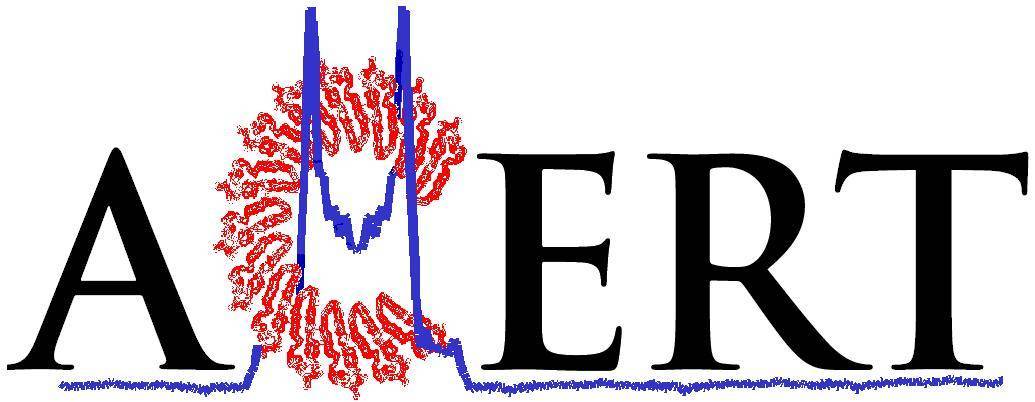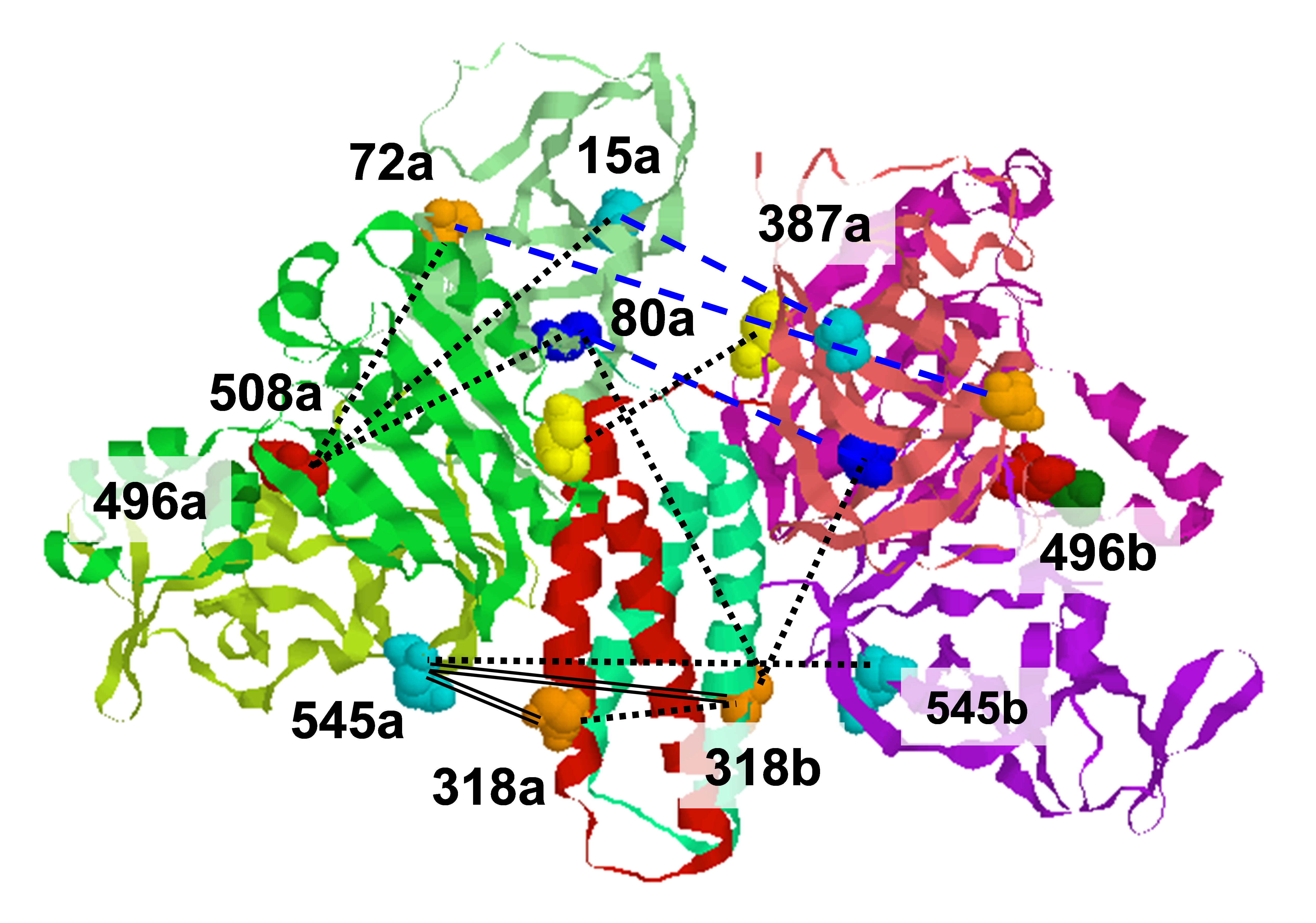.svg) National Institute of General Medical Sciences |
 |
 |
National Biomedical Resource for |
| Recent Highlights | |
Reduction of nitrite anions (NO2-) takes place in a myriad of environments such as in the soil as part of the biogeochemical nitrogen cycle as well as in acidified nuclear waste. Nitrite reduction typically takes place within the coordination sphere of a redox active transition metal. Lewis acid coordination, however, can dramatically modify the reduction potential of this polyoxoanion to allow for reduction under non-aqueous conditions (-0.74 V vs. NHE). This strategy enables the isolation of a borane-capped nitrite dianion (NO22-) along with its spectroscopic study consistent with reduction to the N(II) oxidation state. Protonation of the nitrite dianion results in facile loss of nitric oxide (NO) while reaction of the nitrite dianion with nitric oxide results in disproportionation to nitrous oxide (N2O) and nitrite, connecting three redox levels in the global nitrogen cycle. Publication: V. Hosseininasab, I.M. DiMucci, P. Ghosh, J.A. Bertke, S. Chandrasekaran, C.J. Titus, D. Nordlund, J.H. Freed, K.M. Lancaster, and T.H. Warren. In press (Nature Chemistry; 2022). |
|
|
|
|
Valiallah Hosseininasab (Department of Chemistry, Georgetown University, Washington, DC) Ida M. DiMucci (Chemistry and Chemical Biology, Cornell University, Ithaca, NY) Pokhraj Ghosh (Department of Chemistry, Georgetown University, Washington, DC) Jeffery A. Bertke (Department of Chemistry, Georgetown University, Washington, DC) Siddarth Chandrasekaran (Chemistry and Chemical Biology, Cornell University, Ithaca, NY) Charles J. Titus (Department of Physics, Stanford University, Stanford, CA) Dennis Nordlund (Stanford Synchrotron Radiation Lightsource (SLAC) National Accelerator Laboratory, Menlo Park, CA) Jack H. Freed (ACERT, Chemistry and Chemical Biology, Cornell University, Ithaca, NY) Kyle M. Lancaster (Chemistry and Chemical Biology, Cornell University, Ithaca, NY) T.H. Warren (Department of Chemistry, Georgetown University, Washington, DC) |
|
|
|
About ACERT Contact Us |
Research |
Outreach |
ACERT is supported by grant 1R24GM146107 from the National Institute of General Medical Sciences (NIGMS), part of the National Institutes of Health. |
|||||
| ||||||||